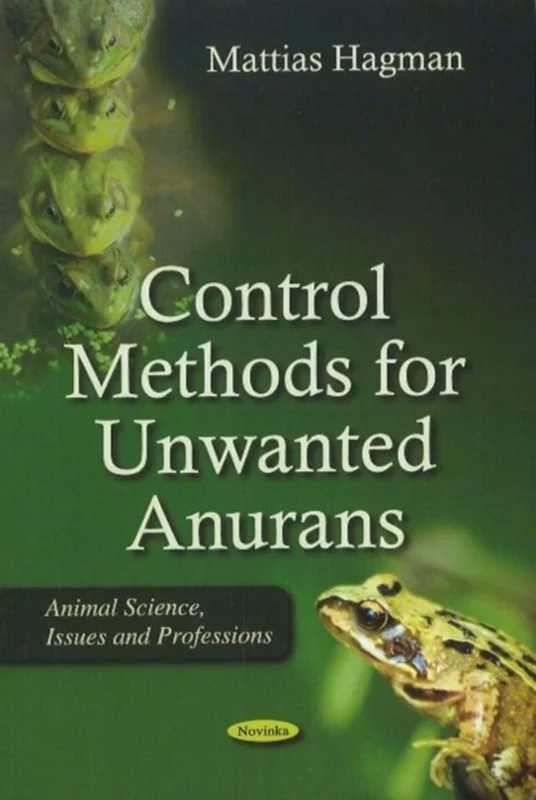Climate & Environmental Protection - - Bog - Nova Science Publishers Inc - Plusbog.dk
Many governments acknowledge that environmental degradation and climate change pose international and trans-boundary risks to human populations, economies, and ecosystems that could result in a worsening of poverty, social tensions, and political stability. To confront these global challenges, countries have negotiated various international agreements to protect the environment, reduce pollution, conserve natural resources, and promote sustainable growth. While some observers have called upon developed countries to take the lead in addressing these issues, efforts are unlikely to be sufficient without similar measures being implemented in developing countries. Developing countries, however, focused on poverty reduction and economic growth, may not have the financial resources, technological know-how, or institutional capacity to deploy such measures. Therefore, international support for these areas has remained the principal method for governments to assist developing country action on global environmental problems. This book focuses on international funding for climate and environmental protection through the Climate Investment Funds, the Green Climate Fund, and the Global Environment Facility.

















































